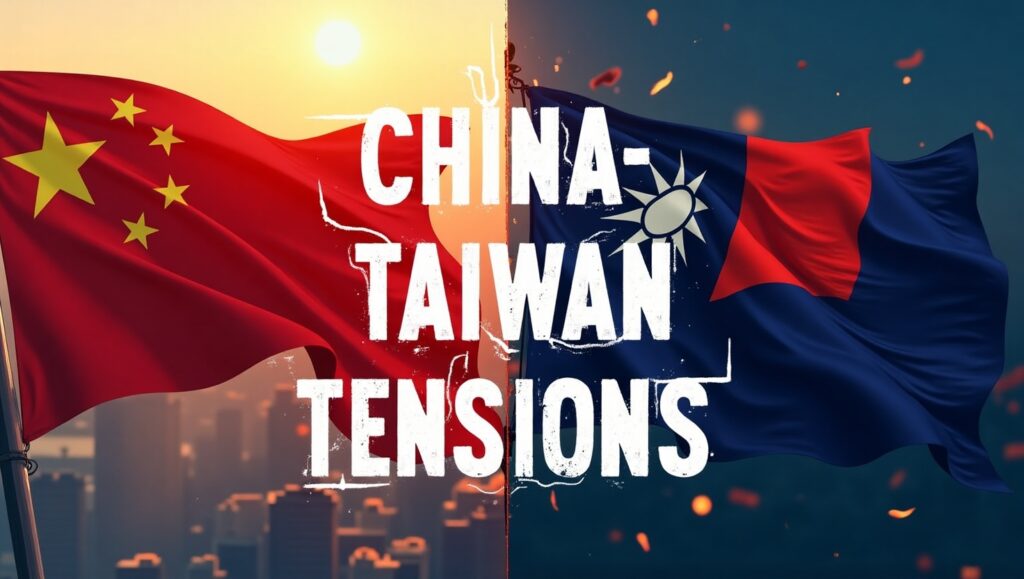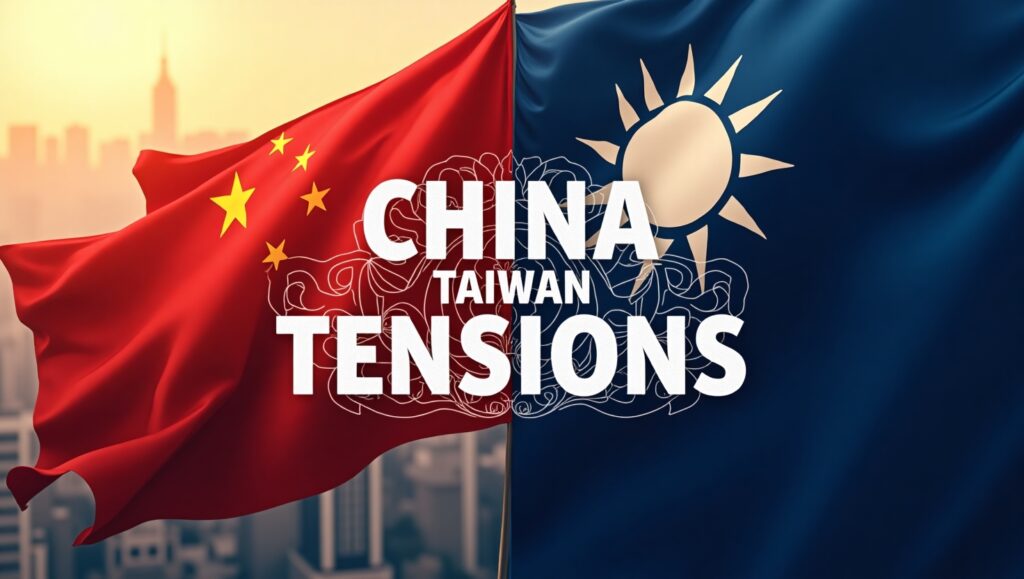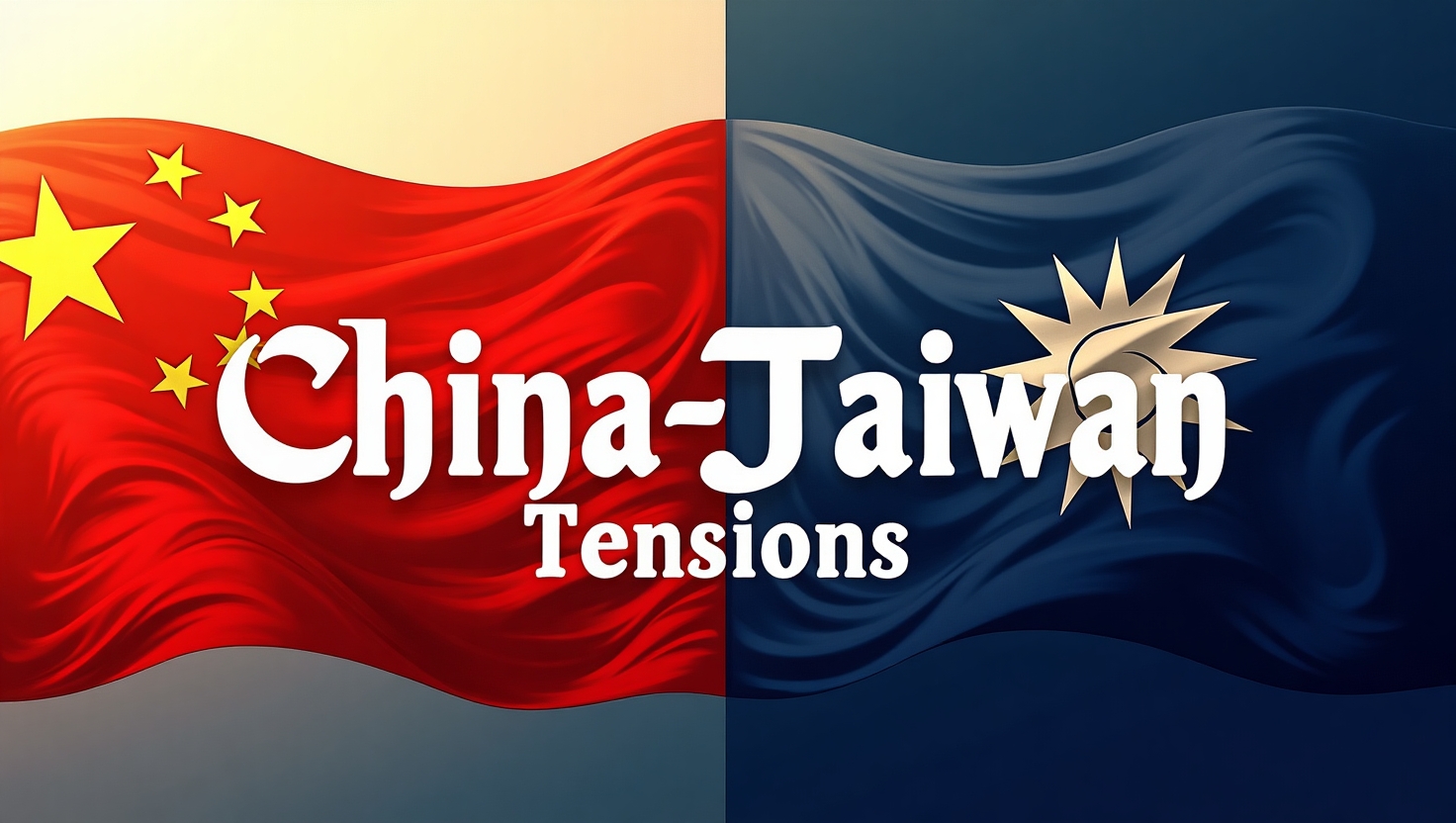In 2025, tensions between China and Taiwan reached new heights, making it one of the most watched geopolitical flashpoints in the world. The situation has caused worry across Asia and beyond as military activity, diplomatic posturing, and global powers get involved. To understand the importance of this ongoing conflict, you need to know where it came from, what is happening now, and what could happen in the future.
The history of the China–Taiwan conflict
Taiwan, which is officially called the Republic of China (ROC), has been a self-governing democratic island since the end of the Chinese Civil War in 1949. The People’s Republic of China (PRC), on the other hand, sees Taiwan as a breakaway province and has never ruled out using force to bring it under its control. Taiwan, on the other hand, still claims its independence, and more and more people there support it.
Beijing’s position has not changed: “One China,” which includes Taiwan. But Taipei wants the world to see it as a separate country. This clash of ideas has led to decades of an uneasy status quo that is now being tested like never before.

Recent Events Making Things Worse
China has been doing a lot more military drills around Taiwan in the past year. Some of these actions are sending fighter jets across the median line in the Taiwan Strait, doing naval exercises near Taiwanese waters, and even pretending to set up blockades. The Taiwanese Ministry of Defence said that there were more than 300 violations of airspace in April 2025 alone.
The Chinese government says these actions are reactions to “provocations,” such as more visits by Western politicians to Taiwan, U.S. arms sales, and Taiwan’s growing diplomatic efforts to get other countries to recognise it. In contrast, Taiwan sees these drills as intimidation tactics and a form of “grey-zone” warfare designed to weaken morale and pressure its government.
International Response and Involvement
The United States remains Taiwan’s strongest unofficial ally. While the U.S. follows a “One China” policy, it also adheres to the Taiwan Relations Act, which mandates the provision of defensive arms to Taiwan. In 2025, Washington approved a $10 billion arms package, prompting sharp criticism from Beijing.
Japan, Australia, and several EU nations have expressed concern over the situation. The G7 recently released a joint statement urging China to maintain peace and stability in the Taiwan Strait. Meanwhile, China accused these countries of interfering in its internal affairs and warned against “playing with fire.”
The United Nations remains largely neutral, but discussions about Taiwan’s participation in international forums have resurfaced, especially in health and aviation sectors. However, China continues to block Taiwan’s entry into most global organizations.
Taiwan’s Position and Preparedness
Taiwan, aware of the growing threat, has ramped up its military spending and training. President Lai Ching-te has emphasized strengthening the island’s self-defense and increasing cooperation with democratic allies. Public support for resistance against a potential Chinese invasion remains strong, with many Taiwanese citizens joining civilian defense programs.
Taiwan is also investing heavily in cyber security and intelligence to counteract China’s information warfare. In a recent cyberattack attributed to Chinese hackers, several government websites and media platforms were disrupted—a signal that digital warfare is already underway.

Possible Outcomes and Future Risks
The potential for direct military conflict remains a real and alarming risk. While full-scale invasion would be costly for China and risky due to international backlash, experts warn that accidental engagements or miscalculations could trigger a larger conflict. A blockade or hybrid warfare strategy could also be used by China to pressure Taiwan without immediate military invasion.
Economically, the stakes are high. Taiwan is home to TSMC, the world’s largest semiconductor manufacturer. Any disruption in Taiwan would send shockwaves through global tech markets, making the issue not just a regional concern, but a global village
China–Taiwan tensions are more than just a bilateral issue—they represent the complex interplay of power, sovereignty, and global stability. With increasing military aggression from Beijing, growing support for Taiwan from the West, and heightened fears of conflict, the world is watching closely. The coming months will be crucial in determining whether diplomacy can prevail or whether the region inches closer to confrontation.
As global citizens, understanding these tensions helps us appreciate the delicate balance that defines modern geopolitics. The world must work collectively to encourage peaceful dialogue and avoid a crisis that could impact millions.



